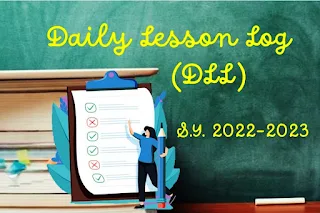The Widening Education Gap and the Impact on Students from Low-Income Families in the Philippines
(lenzchiofficial.blogspot.com)
Education
is widely recognized as a key factor in promoting social mobility and reducing
poverty. However, in the Philippines, there is a growing concern about the
widening education gap between students from low-income families and those from
more economically privileged backgrounds. This gap is having a significant
impact on the ability of students from low-income families to succeed in school
and secure a brighter future.
One
of the major reasons for the widening education gap is unequal access to
quality education. Students from low-income families are often forced to attend
underfunded schools with limited resources, while those from more economically
privileged backgrounds can attend better-funded schools with more resources and
opportunities. This leads to a disparity in the quality of education that
students receive, with students from low-income families being at a disadvantage
when it comes to accessing the information and skills they need to succeed.
Another
factor contributing to the widening education gap is the lack of support and
resources for students from low-income families. Many students from low-income
families face challenges such as poverty, limited access to nutritious food,
and lack of support at home, which can negatively impact their ability to learn
and succeed in school. Additionally, many schools in low-income areas are
understaffed and unable to provide adequate support and resources to students,
further exacerbating the education gap.
The
widening education gap has serious and long-lasting consequences for students
from low-income families. Without access to quality education, these students
are more likely to struggle in school, have lower academic achievement, and be
less likely to graduate from high school. This, in turn, affects their future
job prospects and ability to support themselves and their families.
To
address the widening education gap and ensure that all students in the
Philippines have access to quality education, the government and other
stakeholders must take action. This could include increasing investment in
public education, particularly in low-income areas, to improve the quality of
schools and the resources and opportunities available to students.
Additionally, providing support and resources to students from low-income
families, such as tutoring and mentoring programs, can help to mitigate the
impact of poverty and other challenges on their ability to succeed in school.
Another
important way to address the education gap is by providing teacher training and
support. Teachers play a crucial role in ensuring that all students receive a
quality education, regardless of their background. By providing teachers with
the skills and resources they need to effectively support all students, the
government can help to ensure that all students have the opportunity to
succeed.
Finally,
it is important to engage with communities and families to raise awareness of
the importance of education and the impact that the education gap is having on
students from low-income families. By working with communities and families,
the government can help to ensure that all students have access to quality
education and the resources they need to succeed.
In
conclusion, the widening education gap in the Philippines is having a
significant impact on students from low-income families and must be addressed.
By increasing investment in public education, providing support and resources
to students, providing teacher training and support, and engaging with
communities and families, the government and other stakeholders can help to
ensure that all students have access to quality education and the opportunity
to succeed.








